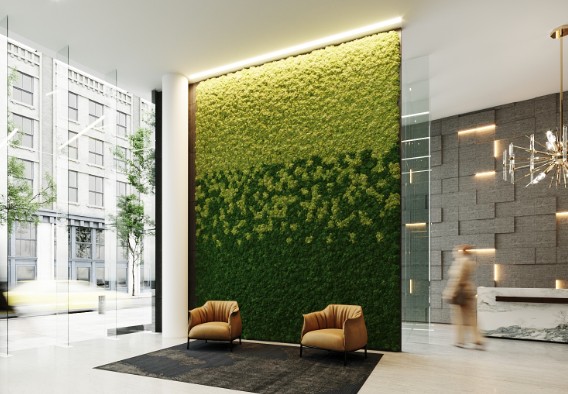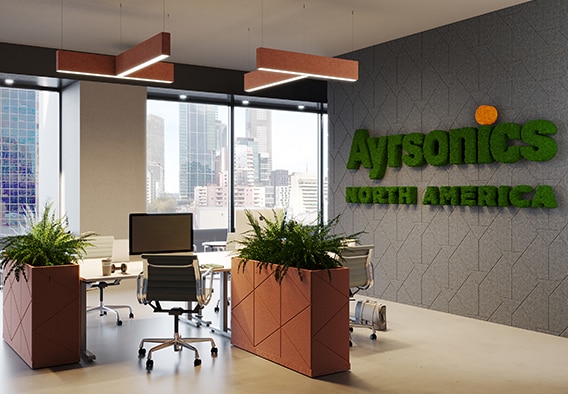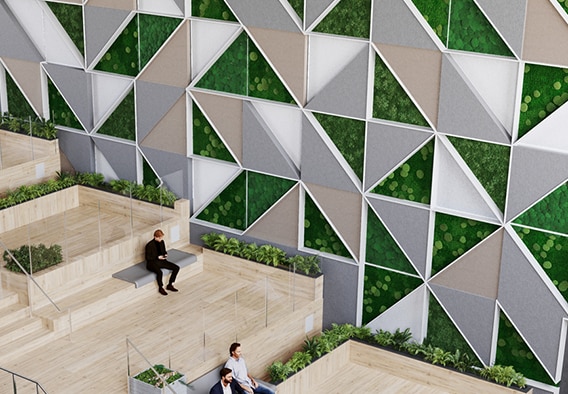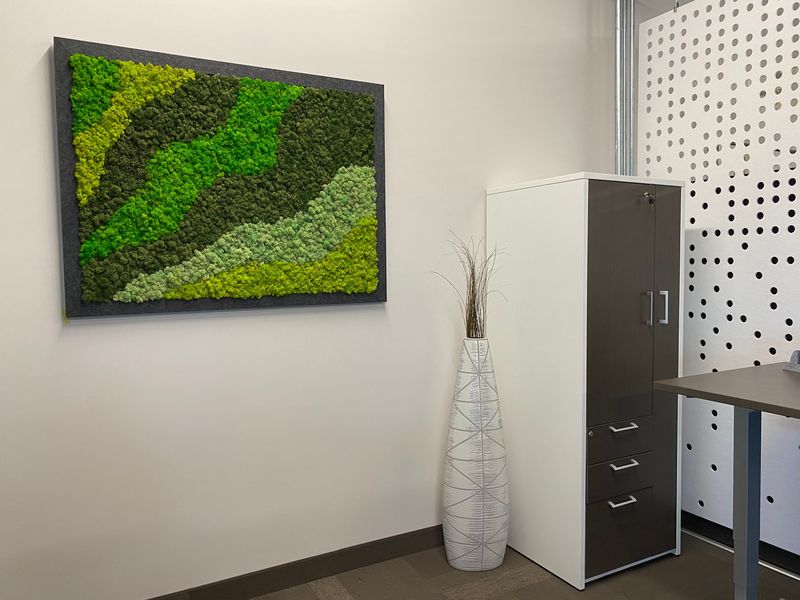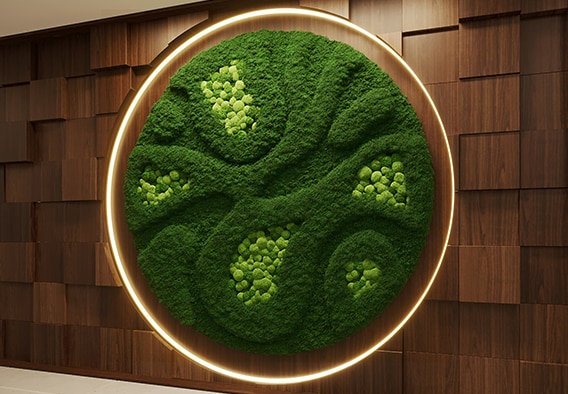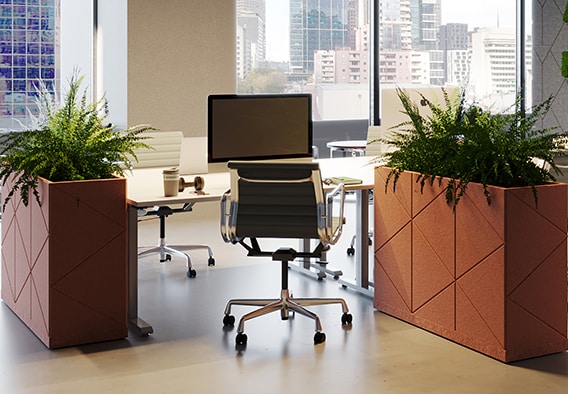Biophilic Architecture
There is something deeply restorative about spending time in nature. Exposure to natural light, landscapes, bodies of water, and other elements of the natural world-- stimulates a multi-sensory experience. It positively impacts our emotions, spirit, and overall health. Architects – especially when designing in urban sites-- are tapping into our visceral affinity to the natural world in unique and captivating ways. Biophilic architecture creates spaces that mirror the palette of the outdoors, bringing nature into man-made environments.
Characteristics of Biophilia in Architecture
Hidden courtyards, vertical green walls, weathered wood, and glass facades introduce a sense of tranquility and allow occupants to de-stress and escape.
Engaging with nature is the heart of any biophilia design concept. The Spheres in Seattle are a classic example. Three intersecting glass domes provide staff and visitors with a direct link to nature. Inside, this pioneering workspace is filled with over 40,000 plants, giving employees a space where creativity and collaboration are inspired by trees, living walls, and lush flora gathered from all over the world.
The average person spends 90 percent of their day indoors, underscoring our increasing disconnect from the natural world. Good biophilic architecture elicits the positive physiological responses we have to nature.
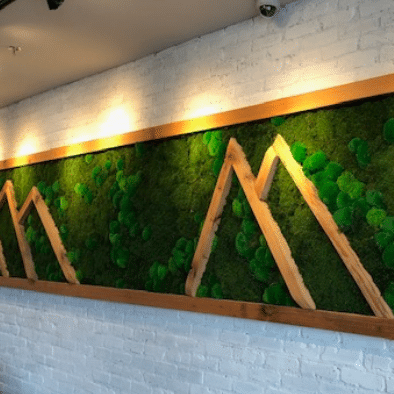
A biophilically designed building often utilizes natural materials, dynamic lighting, earth-toned color palettes, and biomimetic patterns that lower cortisol levels and nurture our innate love of living things. Greenery is purposefully allowed to frame buildings and draw people in to atriums or courtyards that offer a quiet refuge.
Because living elements aren't always feasible in interior spaces, biophilic architecture also employs indirect biophilia such as:
- Images and photos of nature
- Biomimicry/ natural analogs
- Preserved moss art installations
- Organic shapes and forms
- Vast windows to allow sunlight
- Textures and patterns found in nature
- Native and earth-toned hues
- Natural sounds such as birdlife or running water
- Airflow variability
- Nature-inspired aromatherapy
Benefits of Architecture That Connects to Nature
Research indicates that interior settings void of nature or greenery negatively impacts productivity, mood, and well-being. The scope of biophilic architecture and design is rapidly growing as we realize the tremendous social, health, and economic impacts.
Consider some of the most notable biophilia benefits:
- Relieves stress
- Increases concentration and memory
- Evokes a sense of calmness
- Improves immune response for faster healing
- Increases productivity
- Inspires creativity and innovation
- Enhances feelings of comfort
- Reduces anxiety
- Evokes positive feelings
- Balances circadian rhythms
- Boosts cognitive function
- Supports emotional well-being
People have a primal need to be close to nature. Biophilia in building plans and design will soon be a prerequisite and not merely an afterthought. Biophilic architecture is more than a framework for "green building" in commercial or residential spaces. At its core, this design concept promotes both physical and emotional well-being, allowing humans to thrive.

Embracing Biophilic Design Architecture
Quiet Earth Moss creations foster the deep-seated connection between nature and humans. Reap the benefits of biophilia design in interiors with decorative moss panels, walls, and custom mosaics that elevate the ambiance of built environments. Contact us for a free project consultation.

